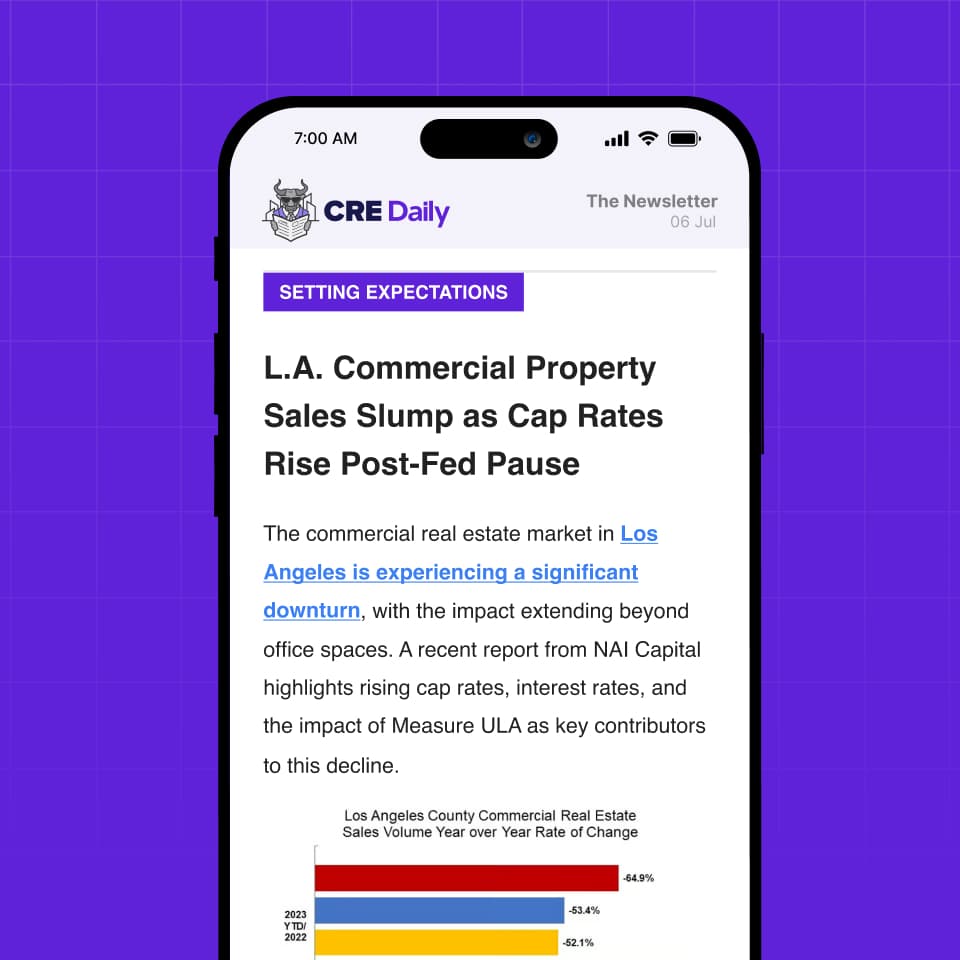- Institutional investors are bringing stricter underwriting standards to affordable housing, combining traditional diligence with impact-focused assessments.
- Major allocators like Goldman Sachs, Trinity Church Wall Street, and the New York State Common Retirement Fund are tailoring underwriting strategies to local dynamics and regulatory complexity.
- Flexible capital deployment and long-term partnerships are central to executing affordable housing deals in today’s fragmented policy landscape.
- Despite increased interest, affordable housing requires deep local expertise, strong sponsor track records, and infrastructure to meet institutional reporting standards.
Underwriting For Impact And Return
Affordable housing is no longer viewed as a niche segment—it’s an emerging pillar of institutional real estate, reports GlobeSt. At a recent Federal Reserve panel, investors from Goldman Sachs Asset Management, Trinity Church Wall Street, and the New York State Common Retirement Fund shared their insights. They discussed how affordable housing is being integrated into core portfolios. Their approach relies on increasingly sophisticated underwriting strategies.
Cynthia Maasry of Trinity Church emphasized a dual-lens approach. “We apply the same diligence process as any other investment, but we add an impact overlay that looks at affordability, community services, and tenant well-being,” she said. The church’s underwriting incorporates both conventional financial analysis and qualitative factors, such as whether developments offer childcare, healthcare, or support for essential workers.
Get Smarter about what matters in CRE
Stay ahead of trends in commercial real estate with CRE Daily – the free newsletter delivering everything you need to start your day in just 5-minutes
Local Knowledge, National Standards
Institutional investors are also applying more nuanced, place-based analysis to affordable deals.Filip Pinter of the New York State Common Retirement Fund said the fund prioritizes long-term stability and income durability. However, success depends heavily on local operators. These partners must be able to navigate complex regulatory frameworks and layered subsidy financing.
“Affordable housing deals require experienced sponsors that know how to navigate local policies and execute in fragmented environments,” Pinter said. His team holds these investments to the same governance and reporting standards as market-rate assets.
Capital Flexibility As A Strategic Tool
Goldman Sachs takes a flexible approach to capital structuring, according to Dan Alger. Whether it’s equity, debt, or tax credit equity, the firm matches capital to the needs of each project. That flexibility allows Goldman to fund large-scale institutional deals. It also supports smaller, community-focused developments. Alger referred to this approach as a “barbell strategy.”
“Having the ability to invest across structures gives us the versatility to support catalytic, high-impact projects that wouldn’t otherwise attract mainstream capital,” he noted.
Track Record, Transparency, And Scale
With institutional interest rising, so too are expectations for operator performance and reporting. All panelists agreed that robust track records and transparency are non-negotiable. “Strong, specialized operators with experience in affordable housing are essential,” Pinter said. Institutional capital demands reliable infrastructure, performance history, and governance standards consistent with core real estate funds.
Looking Ahead: Balancing Scale And Localism
Despite increasing institutional attention, panelists warned that the sector’s future growth hinges on maintaining a balanced ecosystem. Large fund vehicles and institutional capital can help expand the affordable housing pipeline. However, smaller, locally-rooted developers remain critical. They play a key role in unlocking deals in high-barrier urban markets.
In cities like New York, zoning, financing, and political dynamics often require the agility and insight that only local players can bring. As Maasry summed up: “Supporting an ecosystem that blends scale with community roots is essential to keeping affordable housing viable and impactful.”
Why It Matters
Affordable housing is evolving from a mission-driven niche into a disciplined institutional asset class. Pensions, endowments, and asset managers are applying deeper underwriting rigor to the sector. As a result, affordable housing is poised for broader adoption. However, continued growth depends on capital remaining flexible and connected to community-scale realities.

















